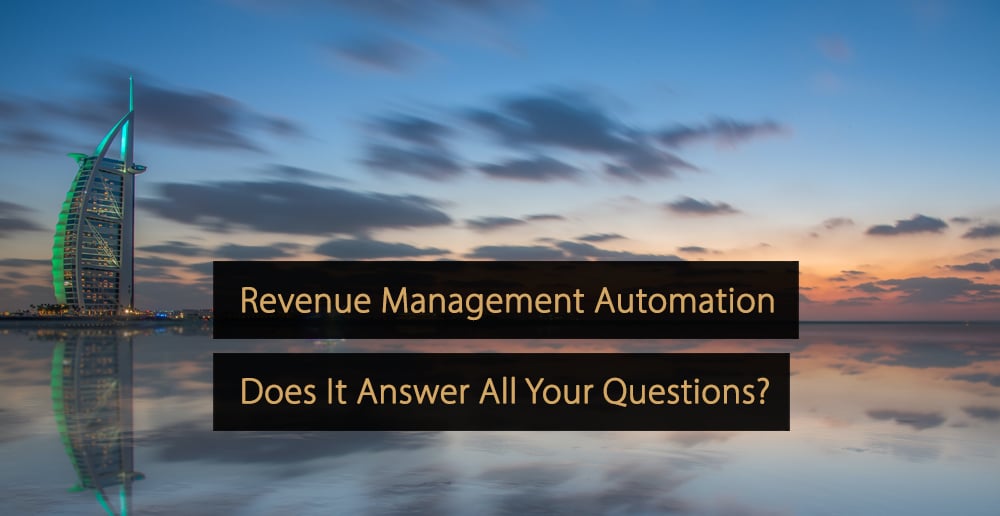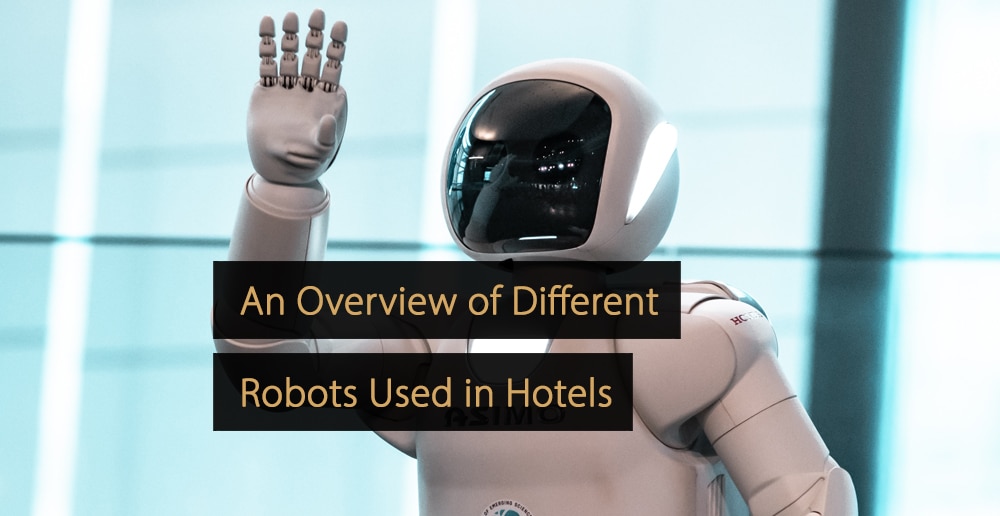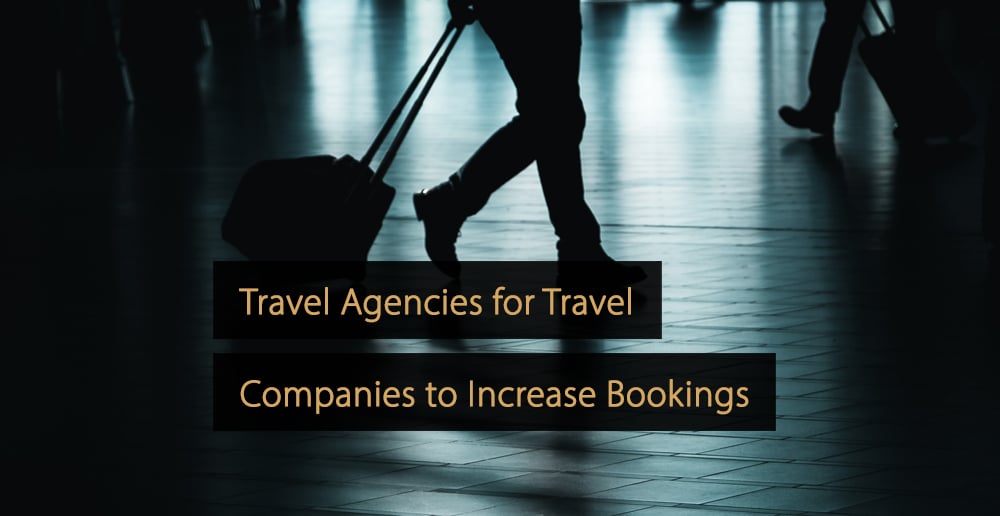Over the past year, many discussions about revenue management have come up. This raised the debate around the relevance and importance of historical data. And, of course, the corona crisis tested revenue professionals’ trust in automated tools like Revenue Management Systems (RMS). The latter brought many hotels great results despite the pandemic. This article describes how revenue managers can make the most of automation in revenue management to drive business during recovery.
How Automation in Revenue Management Should Not Look
Revenue managers with years of experience in their field and market frequently distrust automation. Understandably, they think they know better. Especially in these unpredictable times, they think an RMS can’t cope.
There are two major reasons for this doubtfulness. First, automated RMS is based on recent developments in tech and data science, so they’re still very new. That’s why you might not have seen enough proof of the systems’ abilities for you to trust them. It’s a similar story with driverless cars. A lot of us are wary of them because we haven’t seen them on the road enough yet. That says nothing about how well they work though.
Second, there’s a misconception about losing control. Many revenue managers see automation as having to leave all pricing decisions on autopilot. In the worst-case scenario, this would lead to poor positioning in the market because the system outpriced the rooms or cut rates at the wrong time. Consequently, the property would lose business and revenue – not something any hotel wants to experience these days.
The good news is that you’re always fully in control over your RMS and can take the wheel anytime. You can always step in, update settings as required and make manual changes when you need to.
Areas of Revenue Management to Automate to Save Time and Boost Revenue
Let’s look at where automation brings you the most benefits.
Business Intelligence
Historical data no longer has the clout it once did. This makes live business intelligence more important than ever. Of course, you can collect data manually to learn about your market. But you know how much time it costs to do a daily deep dive into market developments and your competitor’s strategies. And keep in mind that your information is likely to be outdated by the time you’re ready to use it for decision making.
It’s not easy to find all the data you need purely with manual research either. Forward-looking demand data or real-time search volume shifts for your location can be hard to access. This leaves you with an incomplete dataset to use for shaping your revenue management approach.
Automating data collection takes care of this problem and saves you hours of valuable time. Let your system do the data mining, so you can access all the information you need in only a few clicks. This includes everything from historical data and on-the-books numbers to live competitor details, market development and future-facing demand insights. This way, you’ll always get the latest, most precise numbers in record speed. Spend the time you saved on data analysis, making data-driven decisions and adjusting your strategy according to the latest changes.
Setting Rates
Updating your rates based on your experience and historical data was a solid approach in the past. But even then, you risked missing revenue-generating opportunities if you didn’t catch a new trend or found out about a last-minute event too late.
Automate your rate updates to stay ahead of things. An RMS that considers the points below will yield the best results:
- Live competitor data: among other things, this includes their rates and length of stay restrictions;
- Real-time future-facing demand insights: e.g. flight searches, search engine queries for your region;
- Upcoming events nearby: watch how holidays and political or cultural events impact demand;
- Changing trends: keep an eye on annual travel seasons but also be aware of new demand shifts due to updated travel restrictions.
An RMS, that collects the above data points and more, to run thousands of live demand simulations in seconds, is the key. This lets your system determine the ideal room prices given the current live conditions. Think of it like a car. Data is the fuel that powers demand modelling (our engine), which optimizes your rates to boost performance. The longer you allow this engine to run, the more momentum it’ll pick up, i.e. the more its machine learning capability will improve the system’s rate suggestions.
While it might sound a bit scary at first, allow your RMS to take over and change your rates when needed. Then you can always make the most of live demand shifts. Keep an eye on your RMS by setting it to ping you every time it wants to update a price. Review the suggestion and decide whether to let it go ahead. Switch to autopilot once you’re more confident, but still monitor rate changes and step in when needed.
Forecasting
Demand shifts are unpredictable today. For example, when governments update travel restrictions, demand changes right away. The moment when the UK’s Prime Minister introduced the plan for ending Britain’s lockdown in early 2021 is the perfect example. Right after his speech, many travel businesses saw huge surges in bookings right away.
Apart from keeping your pricing in line with demand, your forecasts also need to reflect changes in the market. Reforecasting manually every time there’s a new development takes valuable time away from other tasks. Why not let your system handle the forecast for you and make only the needed updates manually? Just like with automated pricing, your RMS uses demand modelling and live data to predict upcoming business. Using these accurate forecasts will make it easier to plan and create realistic outlooks to share with your stakeholders.
Start Using an RMS System
Total automation used to be something only daring innovators considered. But today, it’s your pass to getting the most of the recovery phase from the moment it begins and every step of the way after that. Implementing a new tech tool like an RMS right now might sound like a stretch, especially with everything else going on. But there’s no better time to embrace technology that’ll help you get through this storm.
Free Calculator: Revenue Management System ROI Calculator
With this revenue calculator, you discover how much revenue uplift a revenue management system can generate for your hotel. By answering a few short questions, the revenue calculator shows your hotel’s revenue potential within a few minutes.
Click here for the “Revenue Management System – Return on Investment Calculator”.
Automated tools like Revenue Management Systems can help you to improve your revenue. By collaborating with an RMS system you can benefit by improving your business intelligence, setting your rates and your forecasting. Trust your RMS system, but still be in control.
More Tips to Grow Your Business
Revfine.com is the leading knowledge platform for the hospitality and travel industry. Professionals use our insights, strategies, and actionable tips to get inspired, optimize revenue, innovate processes, and improve customer experience.Explore expert advice on management, marketing, revenue management, operations, software, and technology in our dedicated Hotel, Hospitality, and Travel & Tourism categories.








Leave A Comment